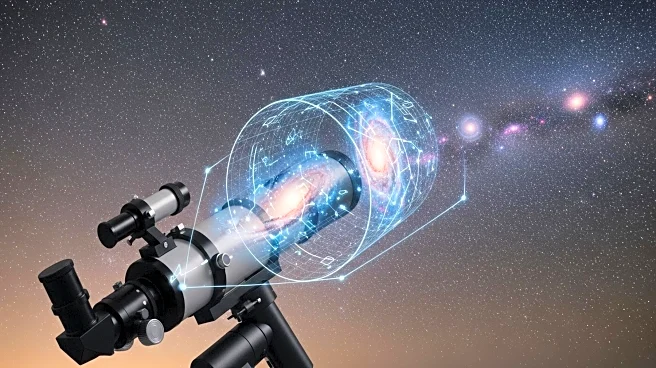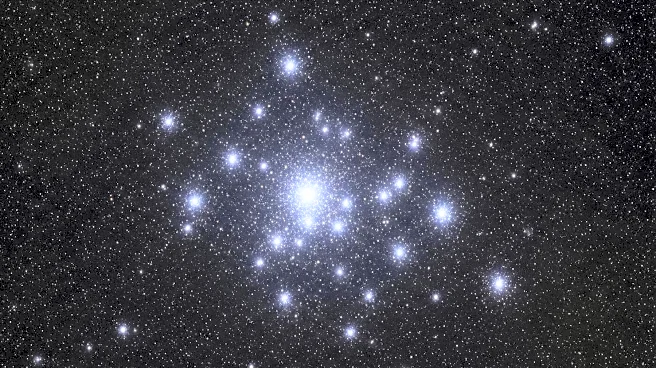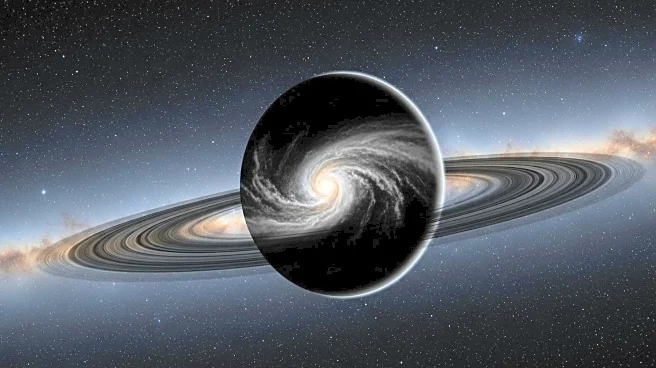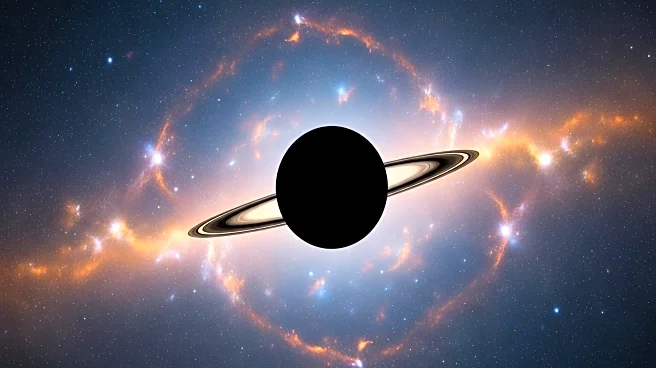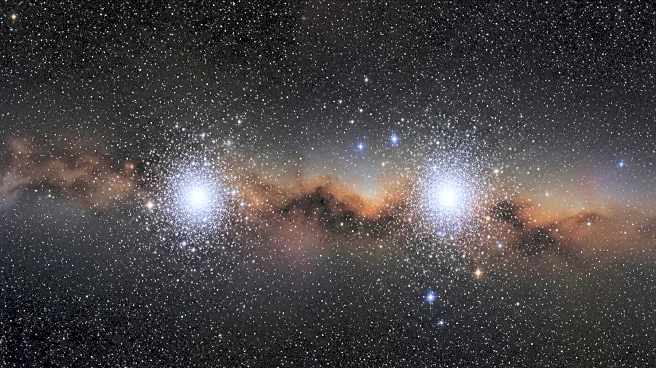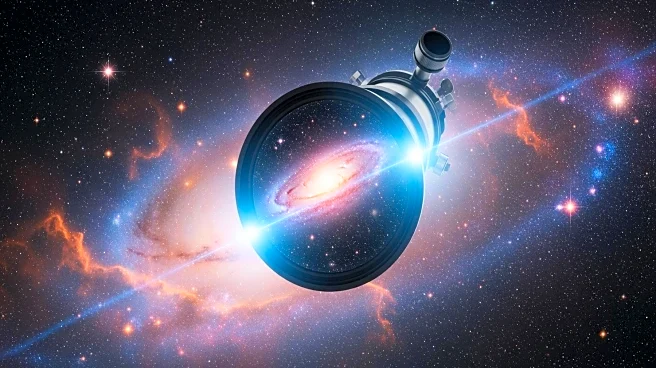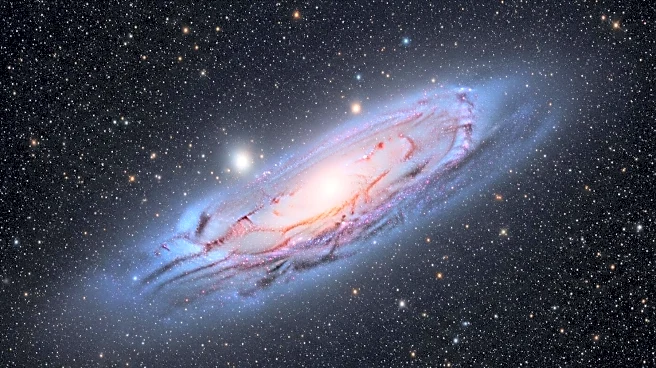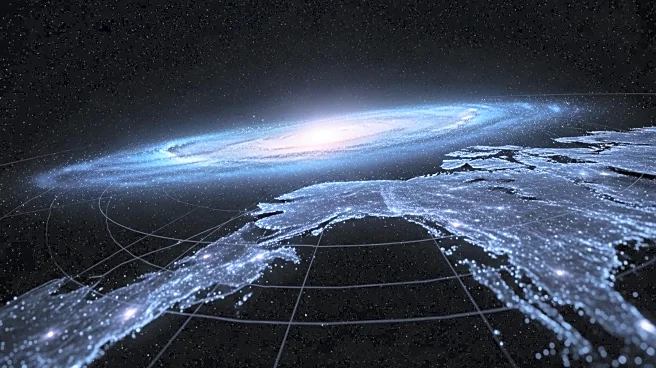What's Happening?
Astronomers using the James Webb Space Telescope (JWST) have conducted infrared observations of Sagittarius B2, a star-forming cloud located in the Milky Way. Situated 27,000 light years away, Sagittarius B2 is one of the most active star formation sites in the galaxy, producing stars at a rate of 0.04 solar masses per year. The JWST's Near-Infrared Camera (NIRCam) and Mid-Infrared Instrument (MIRI) have provided detailed insights into the cloud's structure, revealing both low-extinction and high-extinction populations of massive stars. The observations have identified new candidate H II regions around massive stars and shown that radiation escapes from star-forming regions through geometric escape routes.
Why It's Important?
The study of Sagittarius B2 using JWST is crucial for understanding star formation under extreme galactic conditions. The cloud's structured morphology and the presence of massive stars offer a transformative view of how stars form in dense environments. The findings highlight the capabilities of JWST in unveiling previously hidden stars and ionized structures, advancing our knowledge of star formation processes. This research contributes to the broader understanding of the Milky Way's Central Molecular Zone, where star formation occurs under unique conditions compared to other regions of the galaxy.
What's Next?
Further observations using JWST are expected to continue, focusing on the detailed study of star formation processes in Sagittarius B2. The telescope's high sensitivity will allow astronomers to explore the cloud's structure and composition in greater detail, potentially uncovering new insights into the early stages of star formation. The ongoing research will contribute to the development of models explaining star formation in extreme environments, with implications for understanding similar processes in other galaxies.
Beyond the Headlines
The study of Sagittarius B2 not only enhances our understanding of star formation but also raises questions about the role of environmental factors in shaping stellar evolution. The ability of radiation to escape through geometric routes in dense regions challenges existing theories about the trapping of infrared photons. This research underscores the importance of advanced telescopes like JWST in exploring the complexities of star formation and the dynamic processes occurring in the universe.


